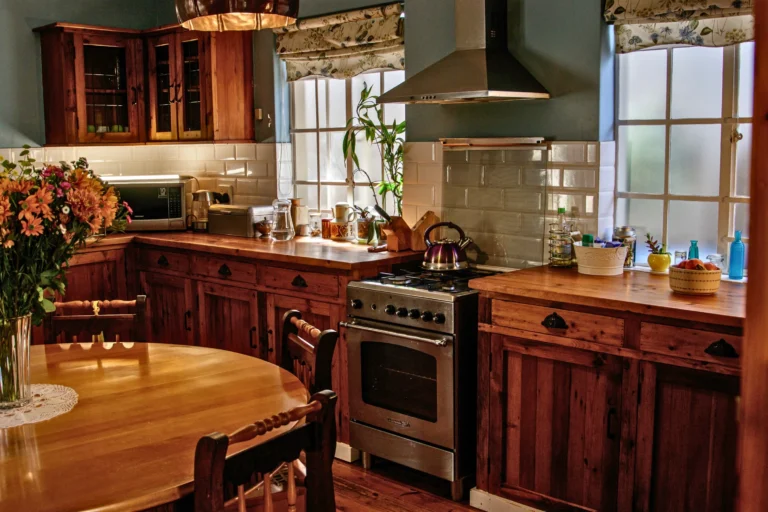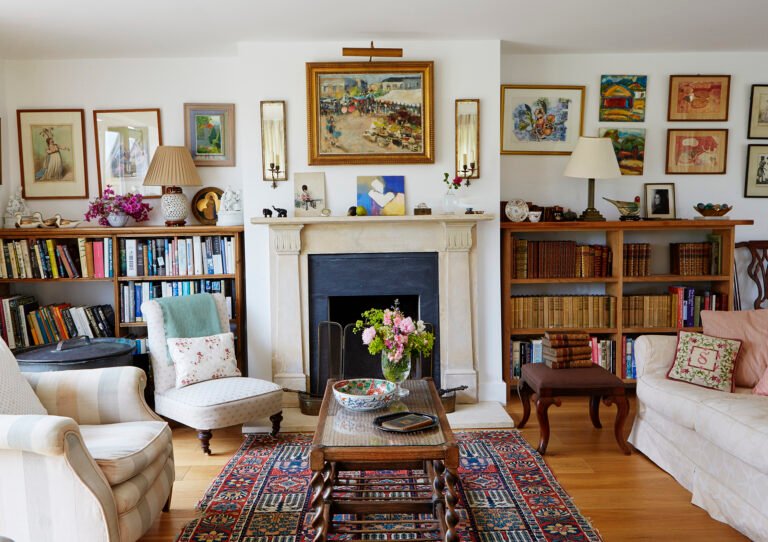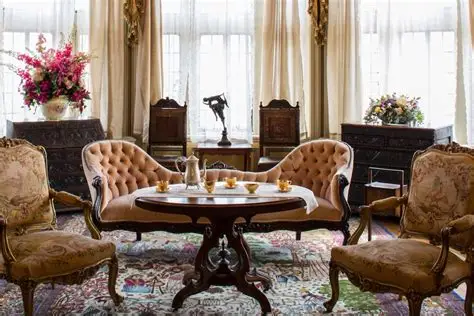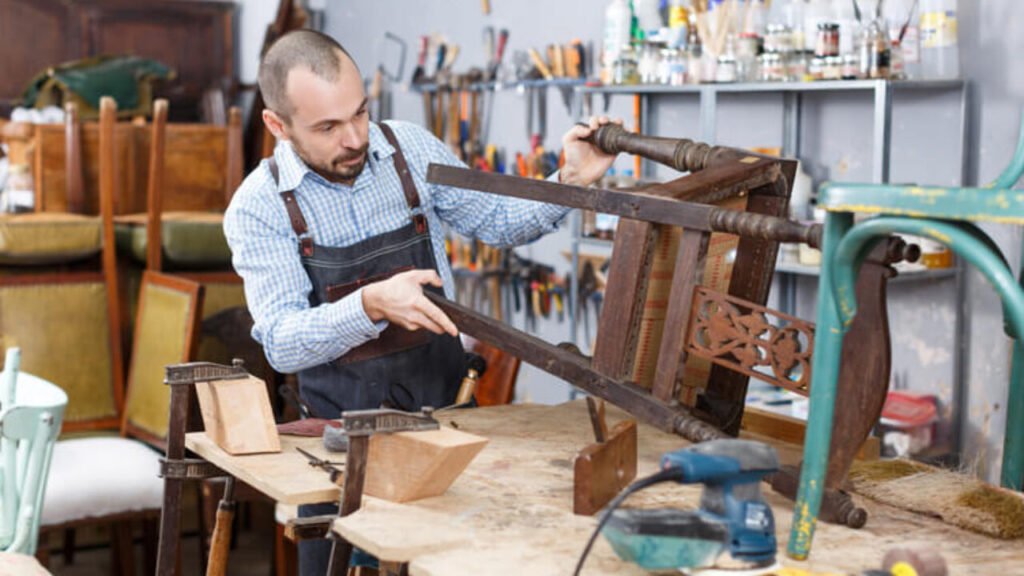
Best Antique Restoration Tips
Restoring antique furniture is a rewarding process that combines patience, skill, and respect for history. Whether you’ve inherited a family heirloom or found a stunning vintage piece, knowing the best antique restoration tips can help you preserve its character while making it functional and beautiful again. Here’s a comprehensive guide to help you restore antiques safely and effectively.
Assess the Condition Before You Begin
Before starting any restoration, carefully inspect the piece. Identify areas with damage such as cracks, loose joints, missing hardware, or worn finishes. Understanding the condition allows you to plan the appropriate restoration steps without causing further harm.
- Check for woodworm or insect damage.
- Note any structural weaknesses that need reinforcement.
- Determine if the finish needs cleaning, repair, or complete stripping.
Clean Gently Using the Right Materials
Dirt and grime often obscure an antique’s true beauty. Begin by cleaning gently:
- Use a soft cloth and mild soap mixed with water to remove surface dirt.
- Avoid harsh chemicals or abrasive cleaners that can strip original finishes.
- For stubborn grime, consider natural cleaners like mineral spirits applied sparingly.
Cleaning preserves the original finish, which is crucial for maintaining value.
Preserve the Patina
The patina is the natural aging of wood and finishes that give antiques their unique character. It’s important to preserve this instead of stripping or refinishing aggressively.
- Avoid sanding or harsh stripping unless absolutely necessary.
- Use waxes or oils designed for antiques to nourish the wood without altering the look.
- Polishing with a gentle, high-quality paste wax can enhance the patina and protect the surface.
Repair Wood Damage Carefully
Minor cracks, chips, or loose joints are common in antique furniture. Repair these carefully to maintain integrity:
- Use wood glue for loose joints, clamping pieces until dry.
- Fill small cracks or holes with wood filler that matches the original wood color.
- For major damage, consult a professional restorer to avoid compromising the piece.
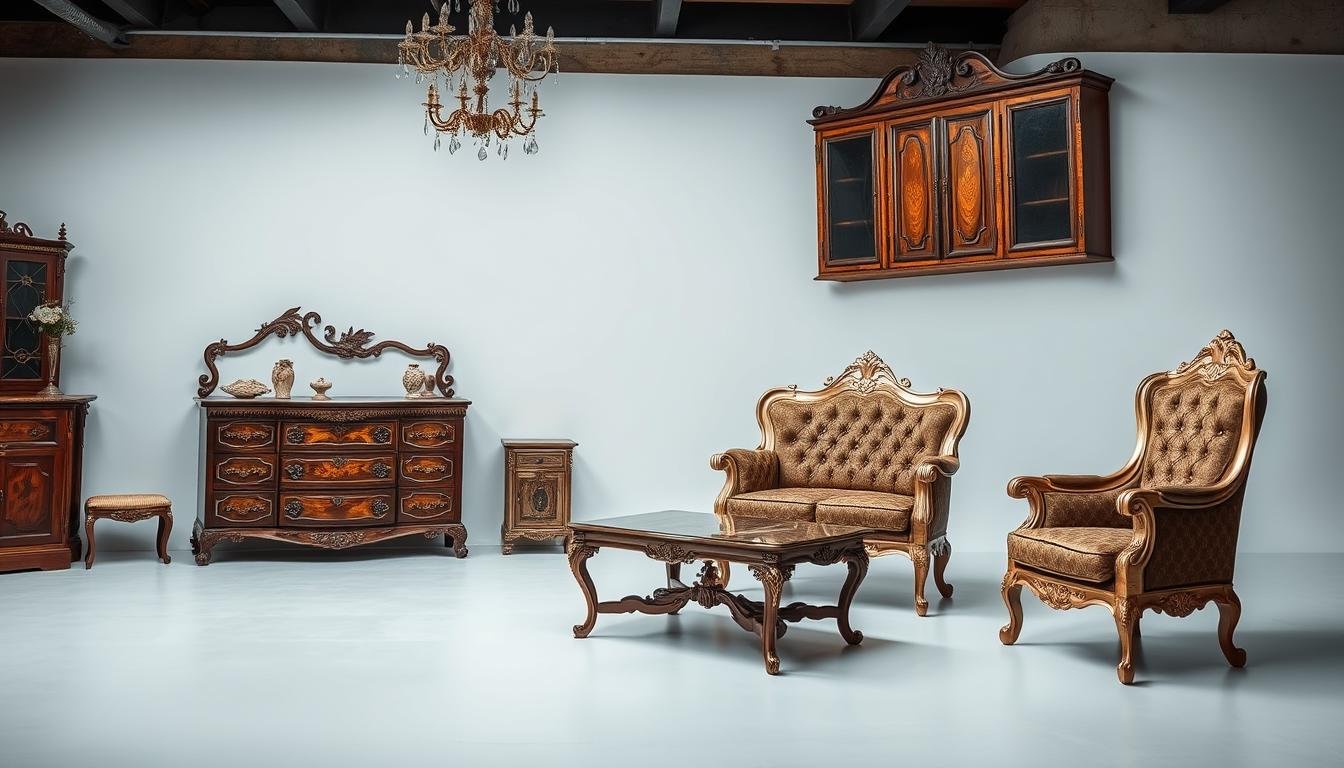
Restore Hardware and Metal Elements
Original hardware adds authenticity and charm. Instead of replacing, restore hardware whenever possible:
- Clean metal parts with mild cleaners to remove tarnish without damaging the finish.
- Polish brass or iron fittings gently using appropriate metal polishes.
- If hardware is missing, try to find period-appropriate replacements to maintain consistency.
Reupholster with Care
For antique chairs or sofas, reupholstering can breathe new life while respecting the original design:
- Choose fabrics that reflect the period style or complement the piece.
- Preserve any original padding or springs when possible.
- Hire a professional upholsterer experienced with antiques for the best results.
Use Appropriate Finishes
If refinishing is necessary, select products suited for antiques:
- Traditional finishes like shellac or French polish are often preferable to modern varnishes.
- Apply finishes in thin, even layers, allowing proper drying time.
- Avoid polyurethane or glossy finishes that can appear too new and diminish value.
Take Your Time and Be Patient
Restoration is a process that requires care and patience. Rushing can lead to mistakes or damage. Work in a well-lit, ventilated space and give each step the attention it deserves.
Final Thoughts
The best antique restoration tips focus on preserving originality and respecting the piece’s history. Gentle cleaning, careful repairs, and maintaining patina all contribute to keeping the charm and value intact. Whether tackling a small project or a major restoration, patience and proper techniques will help your antiques shine for generations to come.

